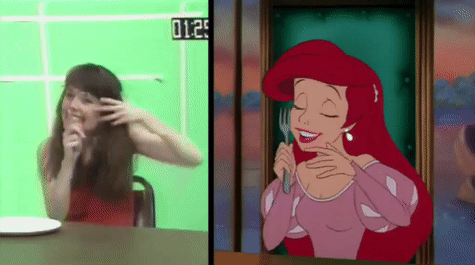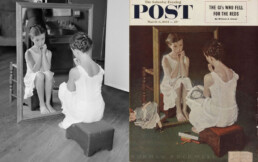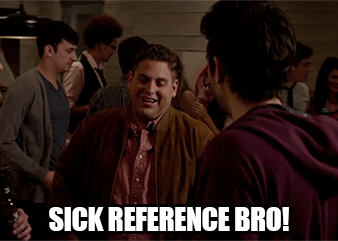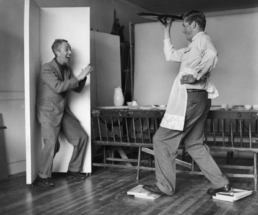The Power of Reference Material
REFERENCE
In animation, the use of reference material is often misunderstood or dismissed as “cheating” by some students. However, incorporating references into your animation process is common and highly beneficial. Here’s why: Reference is valuable for understanding timing, weight shifts, poses, and nuanced movements. It’s a tradition that dates back to the early days of animation at Disney and has since become an industry standard for professionals.
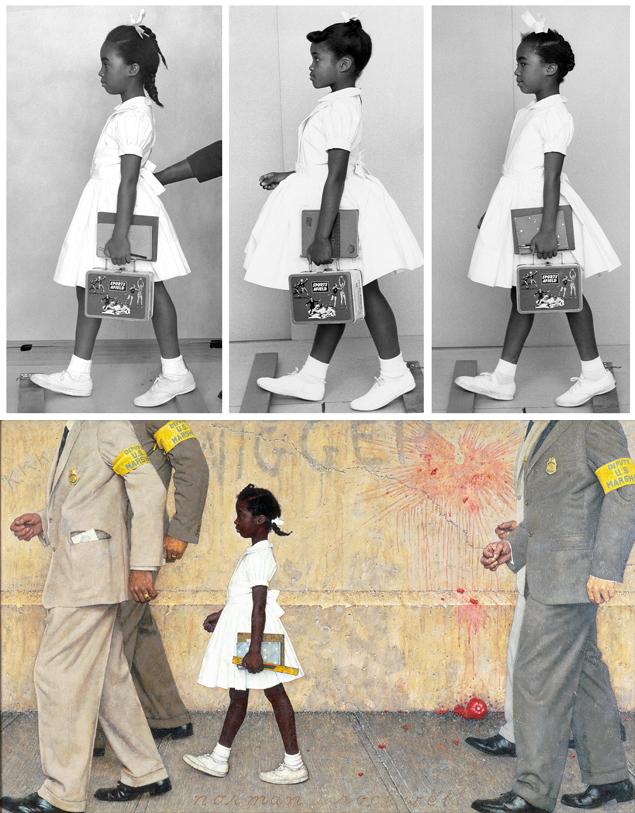
Using reference for your animation to get an idea of timing, weight shifts, poses, and nuance is a time old tradition that goes back to the early days at Disney. Using reference is an industry standard today for working professionals. When I first started out animating in the 90’s reference was not as easy to come by as it is today with smartphone cameras and you tube. Why not use every tools at your fingertips to get the best possible performance?
Reference provides you with:
- Body mechanics solutions
- Better planning & saves time
- Acting choices
- Appealing shapes
- Assists in the learning process
- Why not use it?
- Why not use every tool at your disposal?
- Observation will create a believable performance
- Good reference is your road map!
1957 Rockwell frequently stepped in front of the camera, personally directing models in their every gesture. Operating within the demanding commercial art realm, he faced tight deadlines and rapid turnarounds between commissions much like animators working in production, today. Utilizing photographs ensured he could achieve the desired results efficiently within the allotted time frame.
Want to learn more about creating and using reference footage as an animator? Check out Angie’s Courses here at Thinking Animation!
